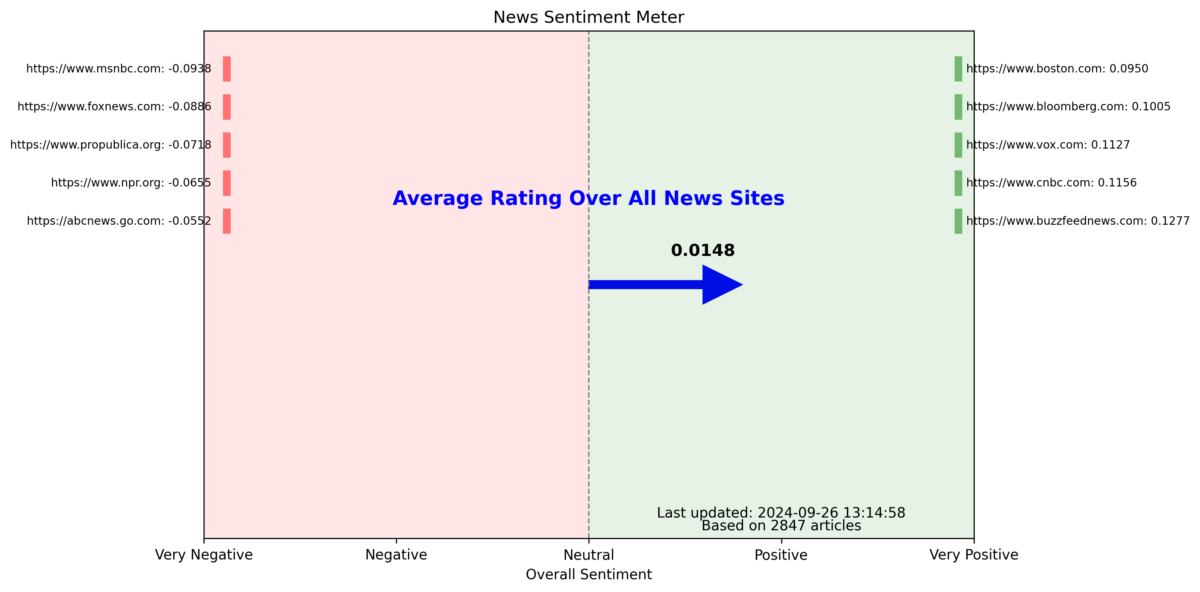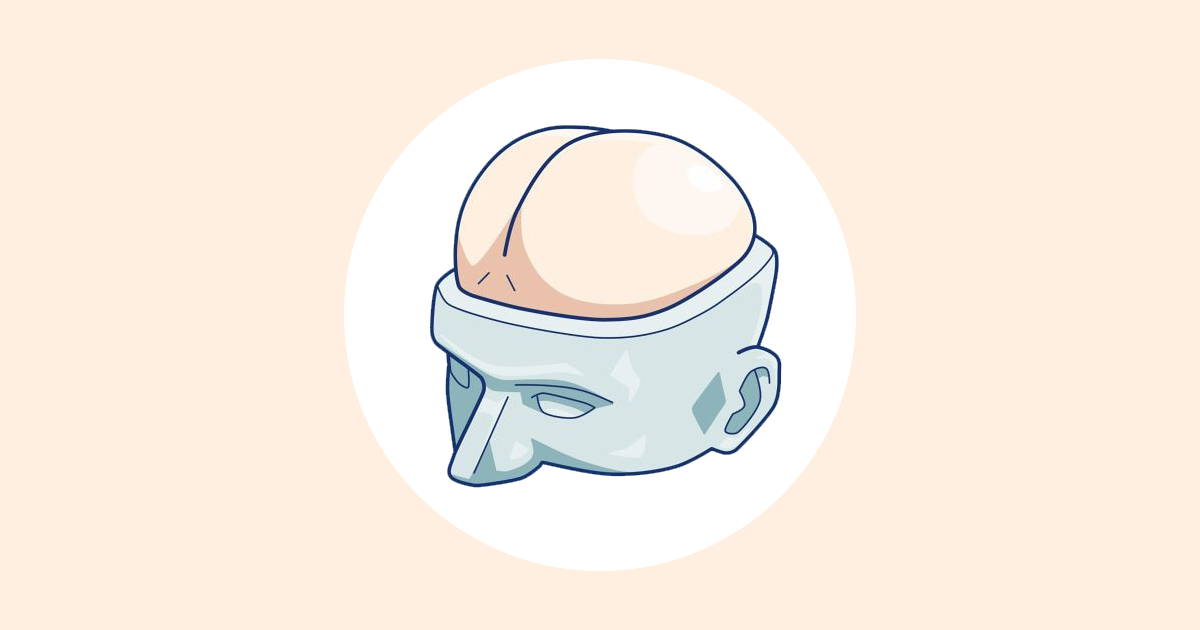
The Last Hominin Standing
Five years ago, evolutionary biologist Laura van Holstein at the University of Cambridge read a study on the role of competition in songbird evolution. The work, from an international team of evolutionary biologists, found that competition between interacting species of songbirds—over food, mates, and territory—drove the evolution of new traits, such as beak shape, across long timescales and large distances in Central and South America. For years after reading the study, a question lingered in van Holstein’s mind: Did competition also drive the evolution of hominins, the evolutionary branch that includes humans and our ancestors?
Competition is a major part of natural selection and central to the theory of evolution, yet no one had formally investigated competition between hominin species before, for two likely reasons. First, most human evolution studies focus on climate as the main driver of hominin evolution. Key events in hominin evolution—such as the first use of stone tools and increases in brain size—coincided with major changes in climate, such as the rise of the dry savanna in Africa. So, scientists have spent a lot of time studying how fluctuations in Earth’s climate may have led to adaptations that shaped our species. Second, there simply hadn’t been enough hominin fossils overlapping in time and place to think that competition among those species was a big deal.
However, over the past 15 years, many more hominin fossils and species have been discovered, so van Holstein finally had the chance to investigate her lingering question. Using computer software and mathematical models, she and evolutionary anthropologist Robert Foley analyzed a wealth of fossil data to explore competition in hominin evolution. They focused on three subgroups of hominins: the small-brained, ape-like Australopithecus, the huge-headed Paranthropus, and our own group, Homo.




/cloudfront-us-east-2.images.arcpublishing.com/reuters/HLIQQTUKUBPSRDYXRWI3OZP2MQ.jpg)



















